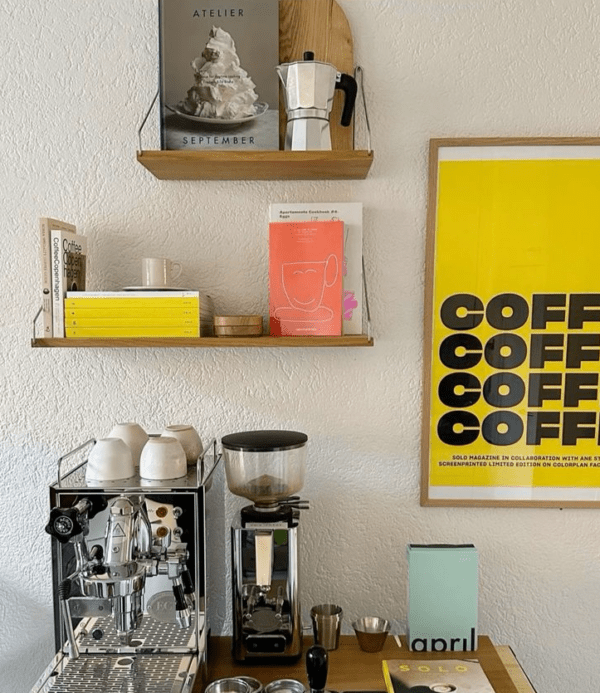
4 Common Printing Mistakes and How to Avoid Them!

More brands are enlisting the help of commercial printing services and booklet printing services to market their businesses. In a competitive marketing landscape, booklets set you apart from your competitors by creating a meaningful, lasting connection with your target audience.
In today’s visually-driven world, graphic design plays a pivotal role in captivating audiences and conveying brand messages effectively. Utilizing the expertise of commercial printing services is just one aspect of a successful marketing strategy. However, the design itself is what breathes life into the printed material. Pixelixe blog insights shed light on the significance of staying abreast of current design trends. By embracing innovative graphic elements, such as minimalist layouts or vibrant color schemes, brands can ensure their booklets not only stand out but also resonate with their target demographic.
Moreover, Pixelixe blog emphasizes the importance of cohesive branding across all marketing channels. Consistency in design elements, typography choices, and imagery reinforces brand identity and fosters brand recognition. As brands leverage booklet printing services to engage consumers, integrating contemporary design trends ensures their materials remain visually compelling and impactful.
However, for a booklet to be truly impactful, there are four printing mistakes you must do your best to avoid. In this guide, we’ll outline some of the most common booklet printing mistakes and provide you with ways to avoid making these mistakes.
The Mistake: Bad Design
One of the biggest mistakes brands make is creating a lousy booklet design. A bad booklet contains way too much information, clashing colours, low-quality images, wrongly sized text and more. People don’t want to read a poorly designed booklet!
The Solution
If you plan to create the booklet yourself, we recommend spending some time researching what makes a good booklet design. Experts at BLKBK say that a good booklet contains no more than one or two branded fonts, clear headlines, colors that work well together, eye-catching graphics, and high-quality imagery, you can visit https://blkbk.ink to know more about this. However, if you feel that you do not have the expertise in-house to create a well-designed booklet, consider hiring a graphic designer or a design agency to help you.
The Mistake: Not Defining Trim Lines, Bleed Area and Quiet Area
When designing your booklet, you must include trim lines, a bleed area and a quiet area. Failure to do so could result in your booklet being incorrectly printed, which is a very costly mistake! For example, if you haven’t marked your design properly, important parts of the booklet could be cut off during the printing process.
The Solution
To ensure that your booklet is printed correctly, you must clearly define trim lines, bleed area and quiet area in the design that you send to your chosen booklet printing service. The trim line shows the blade where to cut, the bleed area is a 3mm area that ensures vital parts of your design are not removed during the printing process as there is a small degree of error with the blades, and the quiet area is a clear 5mm space that stops your design from looking overcrowded.
The Mistake: Missing Contact Information
Businesses create booklets for several reasons. For example, booklets help to increase brand awareness and boost sales. However, for a booklet to be genuinely effective, readers need to be able to contact you. If your contact information is not easily accessible, people may lose interest and end up choosing a competitor instead.
The Solution
Make sure to include contact information, including a phone number and email address, is present in various places within the booklet. Contact details need to be easy for readers to find, as the more difficult it is to find them, the less likely a reader is to engage with your business.
The Mistake: Wrong Paper Types
A common mistake that businesses make when they get booklets printed is choosing the wrong type of paper. Additionally, selecting the wrong paper weight could be disastrous. For example, thin paper without suitable coating will rip very easily, meaning your booklet will be destined for the bin.
The Solution
To make sure that your booklet lasts, you need to choose a highly durable paper type. Consumers are heavily influenced by their senses, and a high-quality paper with a nice feel will increase the likelihood that your booklet is picked up and read. Generally, the best paper for a booklet is either silk or gloss. Silk paper can be described as somewhere between silk and matte, providing a stunning finish that is perfect for text-heavy booklets. On the other hand, gloss paper offers a vibrant, high shine finish that would be ideal for image-heavy booklets.
When it comes to paper weights, anywhere between 130 and 170 GSM is ideal for the interior pages of your booklet—thick enough that it won’t easily rip but not too thick that you can’t fit many pages inside the cover. For the cover, you should choose between 170 and 200 GSM paper, as a thick cover is more durable and will do a better job at protecting the interior pages.
In Summary: Avoid These Four Common Printing Mistakes
You put a lot of time and effort into creating an impactful booklet that promotes your products and services. Don’t ruin it by making one of these avoidable booklet printing mistakes! A bad booklet design without defined trim lines, bleed areas, and quiet areas on the wrong type of paper with limited contact information will do nothing for your brand. In fact, it may even have a negative effect, as it makes your brand appear cheap and unreliable. You must do all you can to capture your customer’s attention and show them that your brand can be trusted to deliver.













































